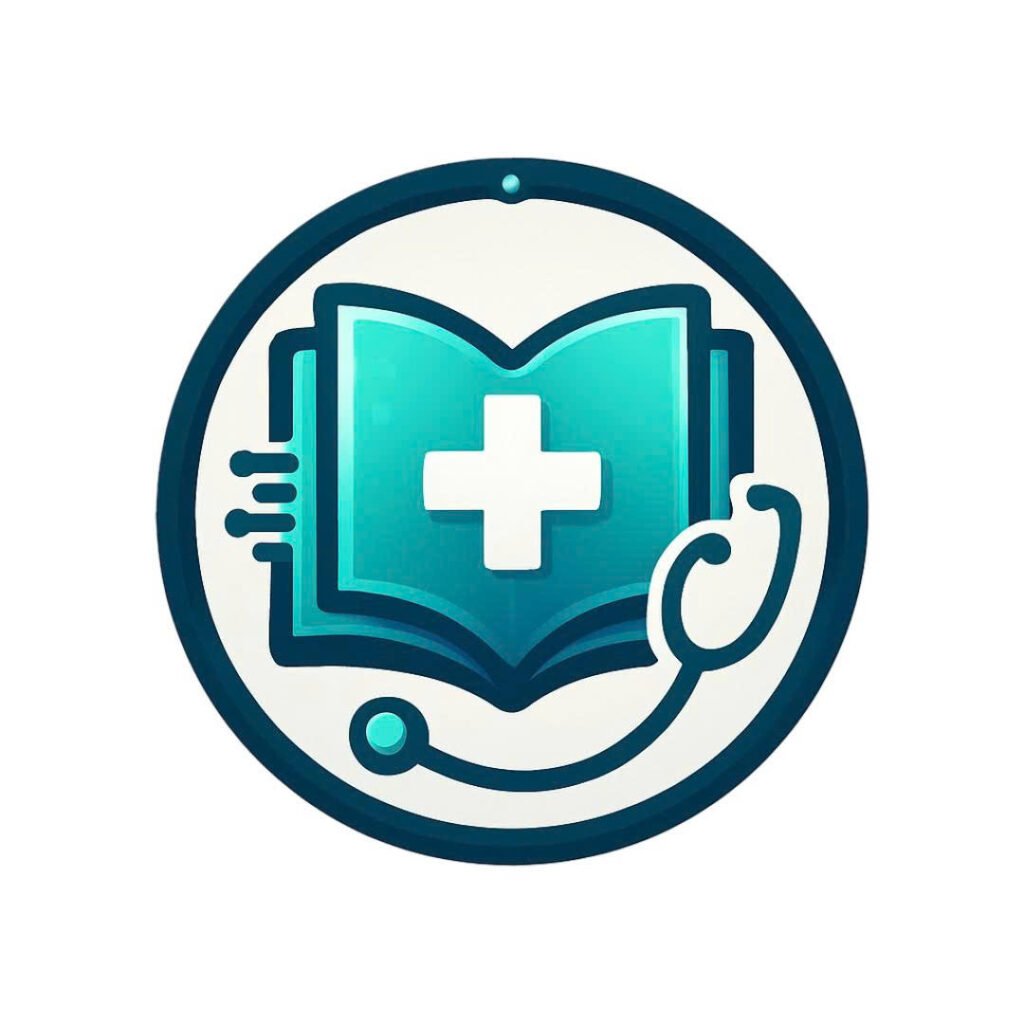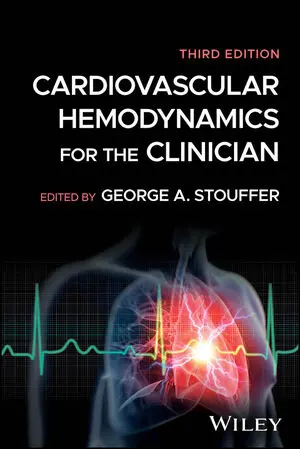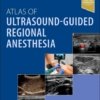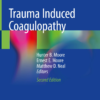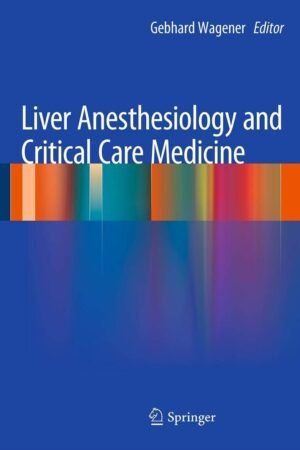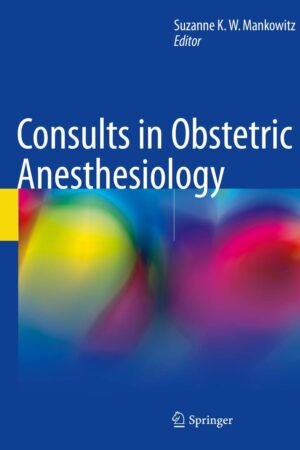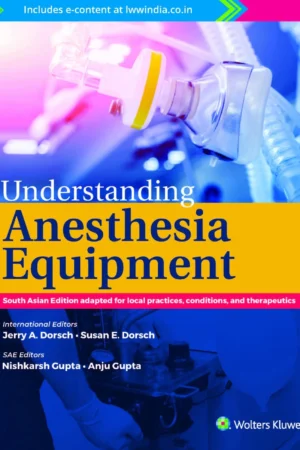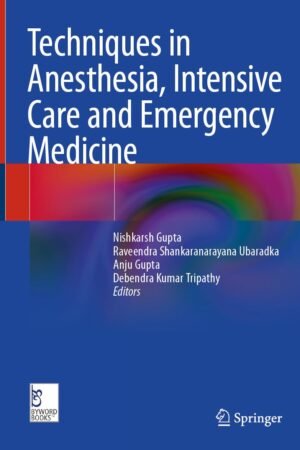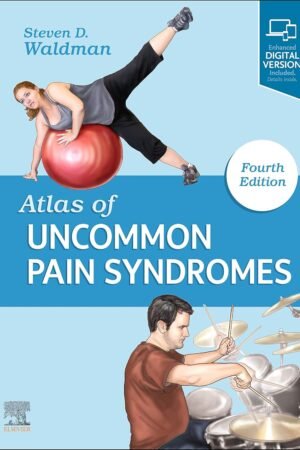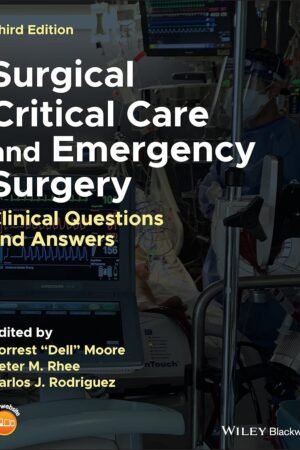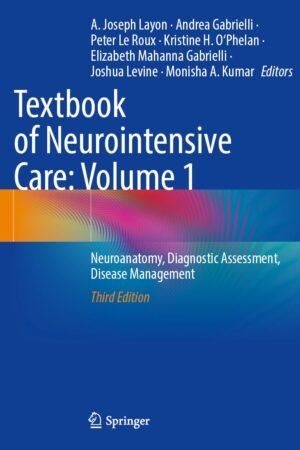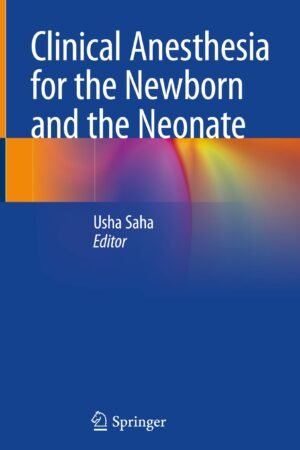Cardiovascular Hemodynamics for the Clinician 3E PDF
$50.00 Original price was: $50.00.$10.00Current price is: $10.00.
Cardiovascular Hemodynamics for the Clinician 3E PDF is an authoritative and clinically focused reference that explores the principles, applications, and interpretation of cardiovascular hemodynamics in modern practice. Written by leading cardiologists and hemodynamic experts, this updated third edition integrates physiology with real-world clinical decision-making. Richly illustrated with pressure tracings, echocardiographic images, and case examples, it equips clinicians with the tools needed to evaluate and manage complex cardiovascular conditions.
Why This Book Matters
Understanding cardiovascular hemodynamics is essential for diagnosing and managing a wide range of cardiac diseases. From heart failure to valvular disorders and pulmonary hypertension, accurate interpretation of hemodynamic data can guide lifesaving treatment decisions. This textbook provides a structured and practical approach to invasive and noninvasive hemodynamic assessment, bridging the gap between physiology and bedside clinical care.
For authoritative guidelines and updates, visit the American College of Cardiology (ACC), the European Society of Cardiology (ESC), and the Journal of the American College of Cardiology (JACC).
Key Features of the Ebook
This third edition includes:
-
Comprehensive overview of cardiovascular physiology and hemodynamic principles
-
Step-by-step guidance for cardiac catheterization and data interpretation
-
Integration of echocardiography, Doppler, and noninvasive monitoring techniques
-
Case-based discussions highlighting clinical applications
-
Detailed evaluation of valvular heart disease, cardiomyopathies, and pulmonary hypertension
-
Practical insights into managing shock, heart failure, and complex critical care scenarios
-
High-quality pressure tracings, imaging studies, and diagnostic algorithms
-
Updated evidence-based recommendations and clinical guidelines
For further resources, consult the Circulation Journal and the European Heart Journal.
Who Can Benefit
This ebook is designed for:
-
Cardiologists and interventional cardiologists
-
Critical care physicians and anesthesiologists
-
Residents and fellows in cardiology and intensive care
-
Cardiac surgeons and pulmonary hypertension specialists
-
Medical students and researchers focusing on cardiovascular physiology
For complementary references, explore Braunwald’s Heart Disease PDF and Hemodynamics in the Catheterization Laboratory PDF.
Learning and Application Strategies
The book emphasizes clinical application through case-based learning, practical examples, and detailed hemodynamic tracings. By combining physiologic principles with clinical interpretation, it empowers clinicians to make accurate and timely therapeutic decisions, improving patient outcomes in both acute and chronic cardiovascular disease.
For additional clinical resources, visit the American Heart Association (AHA) Clinical Resources.
Detailed Content Overview
Chapters are organized to cover:
-
Fundamentals of cardiovascular physiology and pressure-flow relationships
-
Techniques of invasive cardiac catheterization
-
Noninvasive hemodynamic monitoring and Doppler echocardiography
-
Hemodynamic assessment of heart failure and shock
-
Evaluation of valvular heart disease and pulmonary hypertension
-
Special considerations in congenital and complex cardiac conditions
-
Case-based hemodynamic interpretation and clinical problem solving
-
Emerging technologies and future directions in hemodynamic monitoring
Conclusion
Cardiovascular Hemodynamics for the Clinician 3E PDF is an essential guide for understanding, interpreting, and applying hemodynamic principles in clinical practice. By integrating physiology, imaging, and evidence-based management, it equips healthcare providers to deliver precise and patient-centered cardiovascular care.
👉 Download Cardiovascular Hemodynamics for the Clinician 3E PDF today to expand your expertise in cardiovascular medicine. For further reading, visit Springer Medicine, explore related titles such as Braunwald’s Heart Disease PDF, and consult the American College of Cardiology (ACC).
